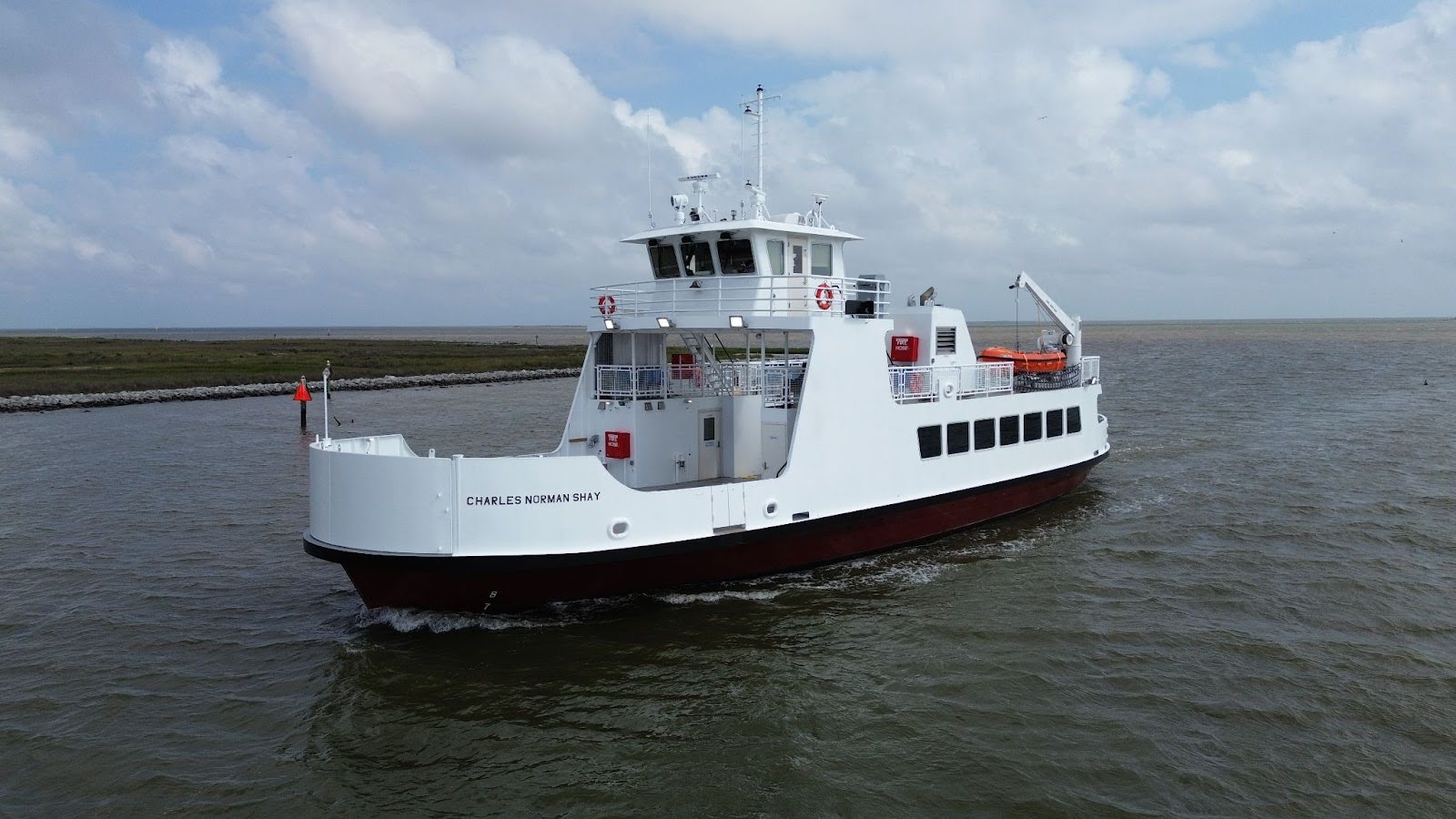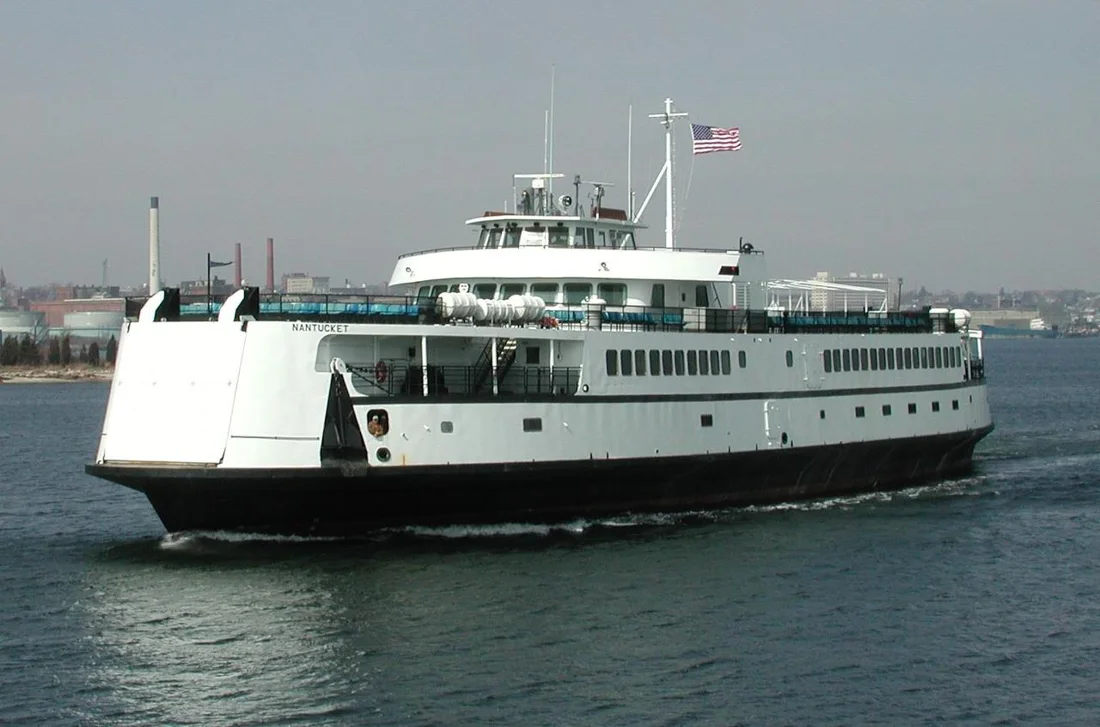Behind the Bulkhead: What Goes Into a Boat Refit or Vessel Conversion?
As a commercial vessel ages, its operator must face an important decision: should they continue making piecemeal repairs as issues arise, knowing that critical parts for older onboard equipment are often hard to find and repair costs can accumulate to the point where they are no longer cost-effective compared to the vessel’s value?
Or is it time to consider replacing the vessel entirely? Replacement often means adopting the latest technology, but it also involves significantly higher upfront costs and can lead to waste, as a flawed but still usable vessel is permanently scrapped.
A boat refit, however, can breathe new life into aging assets while avoiding the cost of full replacement. Whether it’s upgrading outdated systems, improving passenger amenities, or converting a vessel to serve a new purpose altogether, refitting can be an efficient, economical method of modernizing a boat, extending its lifespan, and bringing it into compliance with the latest regulatory standards.
At Gilbert Associates, our marine engineers provide the expertise to help clients rethink and reinvent their fleets. In this blog, we’ll explore the benefits of boat refitting, as well as the closely related processes of retrofitting and vessel conversion.
What Is Boat Refitting?
A refit is far more than a cosmetic makeover or routine maintenance. It involves comprehensive updates to a vessel’s structure, systems, and equipment, often including:
- New engines, generators, or propulsion systems
- Electrical switchboards and auxiliary machinery
- HVAC and plumbing system upgrades
- Interior refurbishments and ADA improvements
- Revisions to the deckhouse, stack, or bulkheads
- Structural steel repairs or replacements
While repairs fix specific broken components and maintenance addresses routine wear, a refit is a strategic overhaul—designed to improve performance, extend operational life, and meet current regulations. In some cases, the project may be classified as a mid-life refurbishment, particularly for public vessels such as ferries. A retrofit involves equipping an existing vessel with new technology or systems that were not part of its original design.
Vessel Conversions: Repurposing With Precision
While a refit typically involves modifications that allow a boat to continue in its current function, vessel conversion is the process of repurposing the hull and frame for a change of operational service. Conversions can be faster and more economical to complete than new builds, but each project must be thoroughly considered beforehand to determine its feasibility.
Gilbert Associates has worked on multiple vessel conversions, including:
- Offshore Supply Vessels (OSVs) reconfigured for passenger and vehicle ferry service
- Commercial fishing vessels converted from stern trawlers to scallopers
- Casino and dinner boats adapted for sightseeing or commuter service
While the main structure of the vessel remains unchanged in a conversion, all other components, including seating, safety systems, stability features, and propulsion systems, may require replacement. The conversion process requires both deep technical knowledge and innovative engineering solutions to navigate regulations, capacity limitations, and structural changes that can impact stability and overall performance.
Major Conversions
Major conversions, including modifications that significantly alter a boat’s dimensions or carrying capacity, change its type, greatly extend its lifespan, or effectively make it a “new” vessel, differ from conventional refits, both in scale and regulatory requirements. Vessels that have undergone a major conversion, as determined by the Marine Safety Center (MSC), may have to submit revised documentation and meet updated safety and compliance standards.
From Stack to Stateroom: Boat Interior Refit Considerations
Ferries, dinner boats, and other passenger vessels may especially benefit from a boat interior refit, which may be targeted to improve comfort, accessibility, functionality, or aesthetics.
Interior refits may include:
- ADA-compliant ramps, restrooms, and seating arrangements
- Upgraded HVAC systems for better climate control
- New seating layouts for passenger flow and weight distribution
- Enhanced galley and concession areas
- Flooring, wall coverings, and lighting improvements
- Soundproofing or acoustic treatments
But refitting a boat’s interior can still affect its stability and deadweight capacity. Marine engineers must consider U.S. Coast Guard standards when determining how to implement changes to a vessel without compromising its safety and seaworthiness.
Engineering a Successful Boat Refit
Every refit begins with an in-depth survey of the existing vessel. Our team creates detailed documentation of structure, piping, machinery, and electrical systems through 3D modeling and physical examination to identify potential opportunities and limitations.
Common upgrades include:
- Replacing aging switchboards and distribution systems
- Installing bow thrusters or improved steering gear
- Updating heating and cooling systems (often removing old steam boilers)
- Modifying stack profiles for reduced windage and better maneuverability
- Swapping sewage systems (e.g., vacuum to gravity-fed) and expanding tankage
Stability is always a concern. New equipment may alter the vessel’s weight distribution, requiring inclining tests or revised calculations to verify compliance. In some cases, we perform full lightship surveys or adjust ballast arrangements to meet U.S. Coast Guard and ABS standards.
Regulatory Navigation for Refits, Retrofits, and Conversions
One of the most complex parts of any boat refitting or vessel conversion is ensuring compliance with modern marine regulations. At Gilbert Associates, we manage regulatory coordination throughout the process, from initial submittals to sea trials and inspections.
Typical oversight includes:
- U.S. Coast Guard (USCG) plan review
- Stability testing and documentation
- Sea trial participation
- ABS compliance (if applicable)
We also help clients understand which legacy systems can be grandfathered and where upgrades are non-negotiable, especially when a vessel has been in operation for several decades.
Challenges Below the Surface
Refits often reveal hidden issues that are not visible until the vessel is in dry dock. Common surprises include:
- Corroded steel under non-skid coatings or paint
- Legacy modifications (like foam-filled voids) that hinder structural work
- Outdated or undocumented systems with no clear specs
- Systems or machinery that no longer fit modern replacements
In one case, a ferry undergoing a refit revealed such extensive corrosion on the upper deck that over 50% had to be replaced, adding over $1 million to the project budget.
Real-World Refit Stories
USS LST-510 / Cape Henlopen
A former WWII landing craft turned passenger ferry, this historic vessel underwent steering system upgrades and other mechanical improvements. Gilbert Associates created custom steering gear designs that are now used as a template for similar vessels.

Offshore Supply Vessel Conversion
The repurposing of an offshore supply vessel as a passenger/vehicle ferry required substantial changes to meet USCG Subchapter H regulations. The conversion involved hull modifications, ADA accessibility improvements, and stability analysis under new loading conditions.
Dinner Boat Retrofit
In a cautionary tale of cutting corners, the owners of a dinner cruise vessel declined to perform an informal deadweight survey before planning and designing its retrofit. They realized their mistake once the project was completed, when they had to reduce passenger capacity and add costly ballast to meet post-conversion regulations.
Your Partner in Boat Refits, Retrofits, and Vessel Conversions
Whether you need a refit, retrofit, mid-life refurbishment, or full conversion, Gilbert Associates has the experience and engineering insight to oversee every stage of your boat refitting project, from consultation and design to regulatory compliance and testing.
Let’s Talk About Your Next Refit
Ready to modernize, optimize, or repurpose your vessel? Contact Gilbert Associates today to discuss your upcoming boat refit or vessel conversion project.




